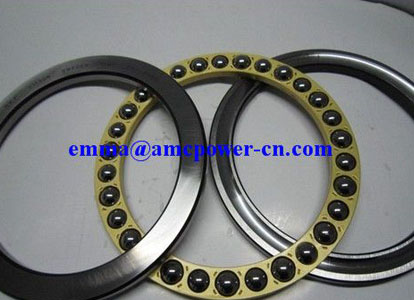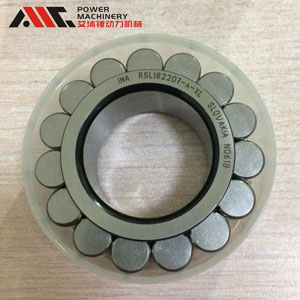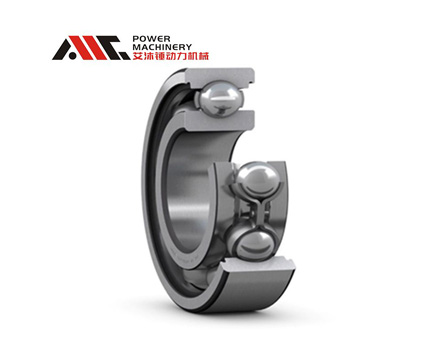What Causes Thrust Bearings to Fail And How to Avoid Them?
There are several types of thrust bearings, each with its own strength. Unique bearings offer different performance and load capacity.
There are several types of thrust bearings, each with its own strength. Unique bearings offer different performance and load capacity.
Screw die are used in industries such as aerospace, chemical industry and utilities. Thrust roller bearings are used in agriculture and other areas where high load capacity is required.
Thrust bearings are also commonly used in automotive and marine applications. They are used in automobiles because the forward gears in modern automobile transmissions use helical gears, which, while helping to smooth and reduce noise, generate axial forces that need to be handled.

Thrust Ball Bearings
The force applied to a bearing is called the "load." There are the radial and axial loads applied to a bearing. The force applied vertically to the shaft is called the radial load, and the force applied in the same direction (parallel) as the shaft is called the axial load.
Radial bearings support the force that is applied vertically to the shaft. Thrust bearings support a force applied in the same direction as the shaft.
An axial or thrust bearing uses side by side races. The race on the side into which the shaft is inserted is called the shaft race. The race inserted into the housing is called the housing race.

Roller Bearing
What causes thrust bearings to fail and how to avoid them?
When a bearing does fail, it is critical to determine the exact cause so that adjustments can be made. The three most common causes of thrust bearing failure are contaminants, misalignments and overloads.
1. Contaminants - Contaminants are one of the main causes of bearing failure. Airborne dust, dirt, sand and water are the most common, but chemicals and corrosives can also damage bearings.
Points to note: Note that dents in the rolling elements and raceways can cause vibration.
How to fix: Filter lubricant and clean work area, tools, fixtures and hands to reduce risk of contamination.

Deep Groove Ball Bearing
2. Misalignment - Misalignment can cause excessive vibration and loading.
Find out what: Depending on the Bearing Failure: Causes and Solutions, the most common causes of misalignment include: bent shafts, dirt or burrs on the shaft or bearing housing shoulder, shaft threads that are not at right angles to the housing, and locknut faces that are not at right angles to the threaded shaft.
To prevent misalignment, there are some best practices you can keep in mind.
How to fix: Make sure to inspect the shaft and housing regularly, use a precision grade locknut, and shim the housing as needed.

3. Overload - Applying too much load to the bearing is another common cause of failure.
What to look for: This may look like normal fatigue. You may see rolling element wear path undulations, signs of overheating, and extensive areas of fatigue.
How to fix it: Reduce the load or consider redesigning the bearing with a higher capacity.
When bearings fail, it can have a negative impact on your facility, reputation and profits. Regular preventative measures can save your business time and money by keeping your bearings performing at their best for as long as possible.
There are precautions you can take to extend the life of your bearings and prevent improper bearing wear.
Industrial machinery is expected to see significant growth due to the moderate demand for these bearings when rotating the shafts of several machines.